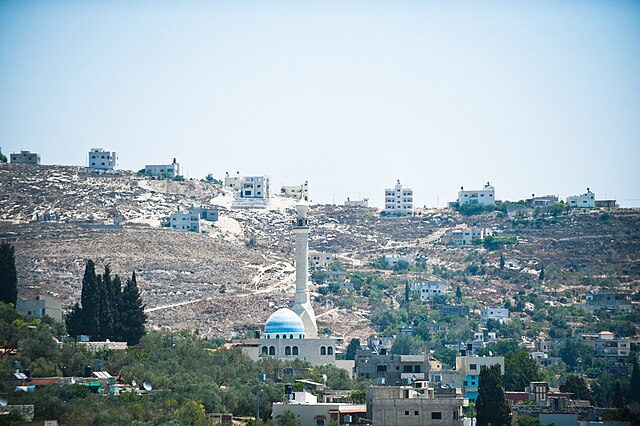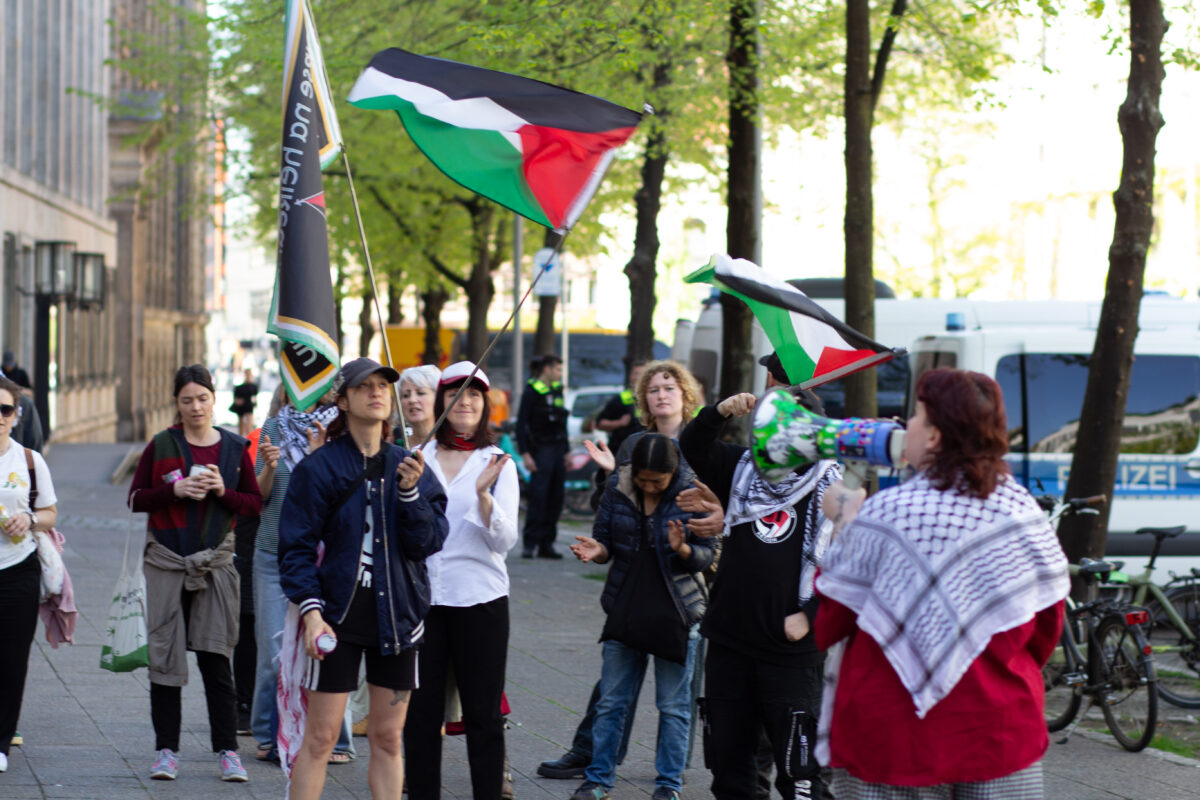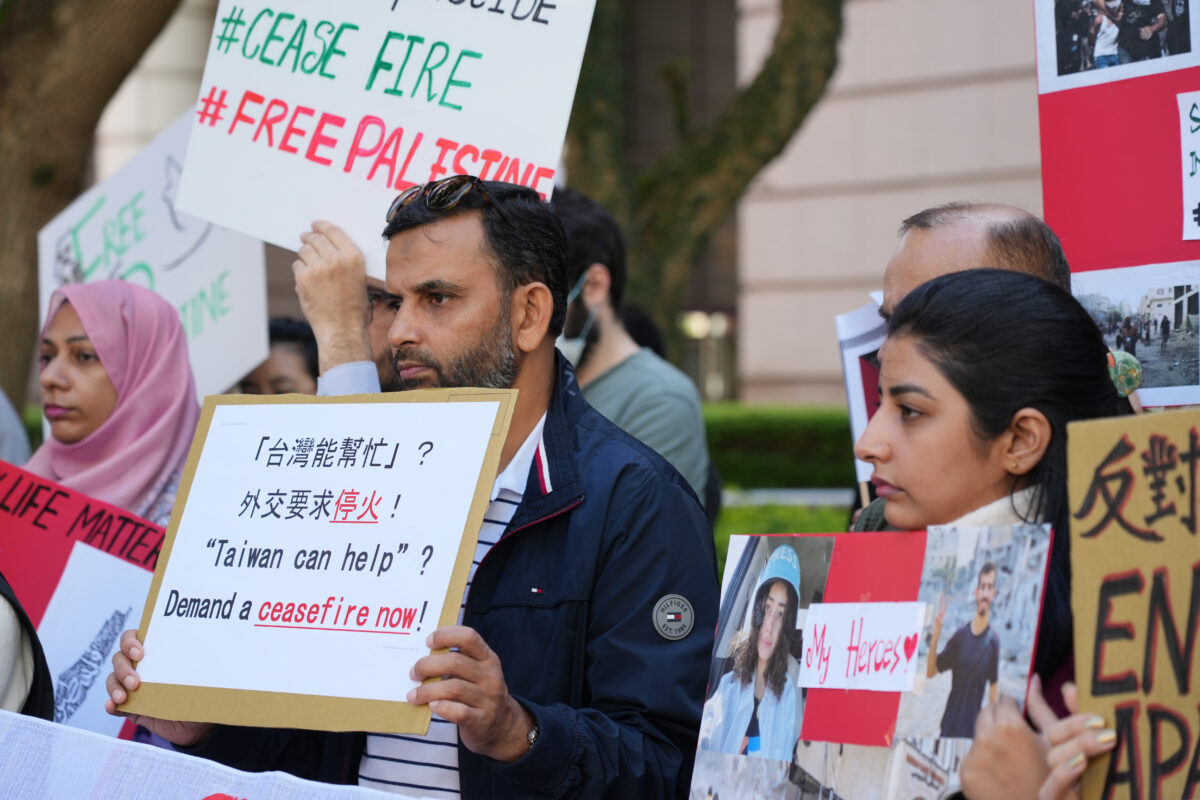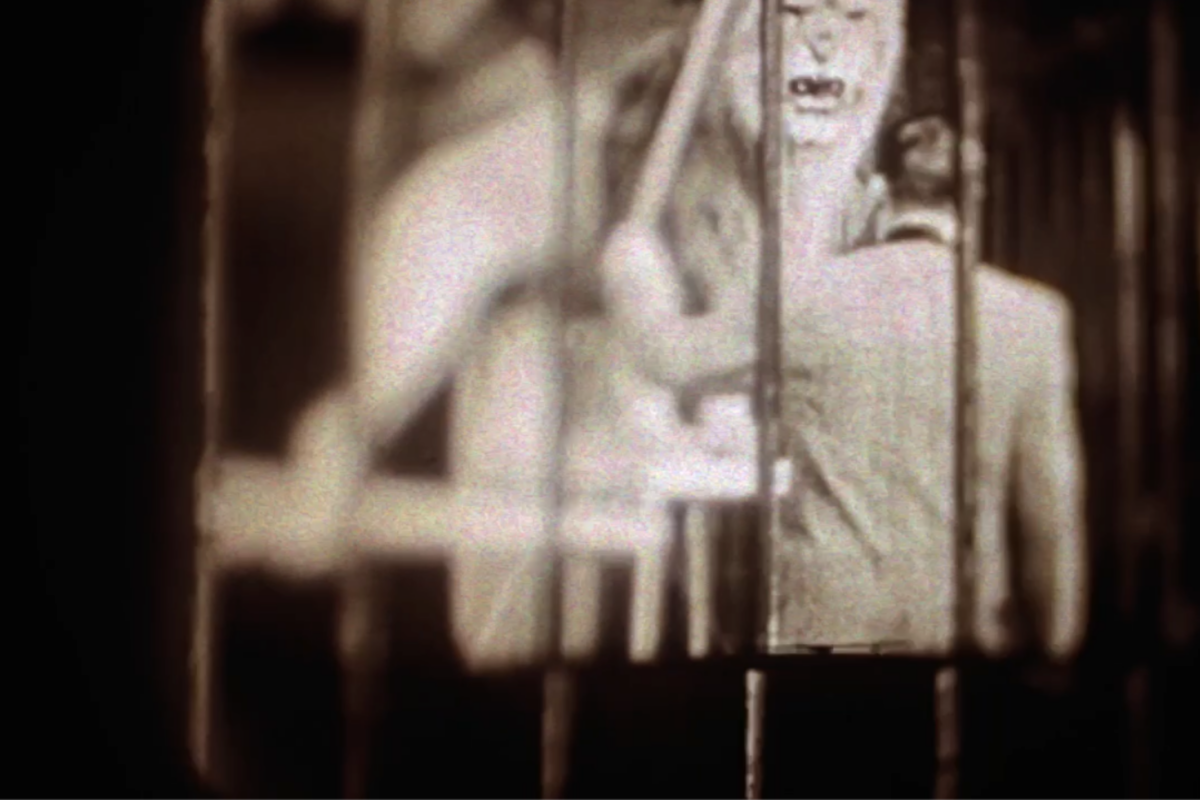On February 20, 2021, the secretary general of the Israeli settlement movement Amana, Ze’ev (Zambish) Hever, admitted that Amana had established more than 30 settler “farms” in the West Bank, and explained that the impact of these farms is much larger than their buildings area, as the herds that are kept in them need extensive grazing land. The settlers’ farms, Hever explained, “has more than twice the area of built-up settlements… each farm can guard an area of thousands of acres”, and he promised to establish 10 more farms.
Hever was right and indeed, the new farms, through violence and with the help of the Israeli military and police, manage to take control of many of the last grazing and agricultural areas that are available to Palestinian communities. Many suchß communities were already suffering from high rates of poverty, food insecurity, inadequate water supply and unsafe drinking water, lack of electricity, fuel and other basic services. These communities were chosen by the settlers exactly because they have no ability to survive other than grazing their herds and farming their lands.
The settler farms, of which dozens more have been established throughout the West Bank in recent years following the pilot project south of Mount Hebron in the late 1990s, are reminiscent of the “Potemkin villages”, the villages allegedly set up by Prince Gregory Alexander Potemkin during a tour of Tsarina Catherine II in order to create the false impression that he was indeed successful in developing prosperous villages in southern Russia.
Contrary to the story that the Israeli far-right is selling to the Israeli public, these are not young “pioneers” who one day set out on their own initiative to wander and decided to settle the “no-man’s land” of the West Bank, but rather a staged and well-financed performance.
Usually, a young settler couple is deliberately “parachuted” near Palestinian shepherds and farmers communities and in the heart of their pastures and agricultural lands. Much like children receiving a “LEGO Farm” set, the happy settler couple is given an assembly package (worth hundreds of thousands to million of shekels) of mobile residential buildings that later become permanent, tools and vehicles, connection to water and electricity infrastructure, herds of cows, goats or sheep that are supposed to graze in farmland and pastures previously cultivated and grazed by Palestinian farmers for generations. At least with regard to some of the settlers in these farms, it is very doubtful that they were previously involved in any kind of grazing and farming. It seems they jumped at the opportunity to get a farm and land for free, acting instrumentally for apartheid ideology.
The package also includes “Hill Youth”, designed to violently control local Palestinian communities. Their control methods are, among other things, throwing stones at the Palestinian herds, shepherds and farmers; driving vehicles or riding horses into the herds and cultivated fields; sending attack dogs after Palestinians and their herds; beating the shepherds and herds with sticks and whips; setting fire to fields or threatening to set them on fire; threating to stab or otherwise cause bodily harm, and conducting threatening “night visits” to the residential compounds of the Palestinian communities.
In view of the enormous impact of these “farms” on the West Bank, sanctions on individual settlers who operate them are not enough and the sanctions should be extended to target the economic and political actors in Israel who enable establishment of the farms and their operation. The immediate dismantling of these farms must be one of the main demands of the international community from Israel.




